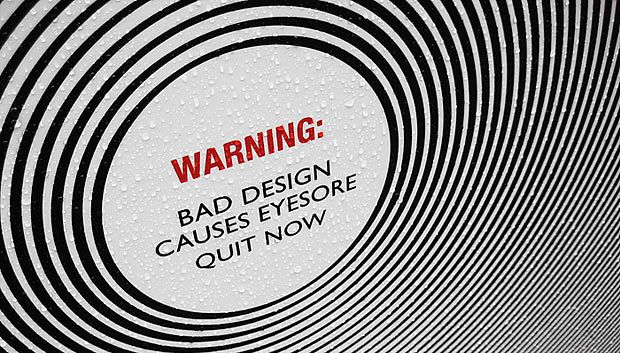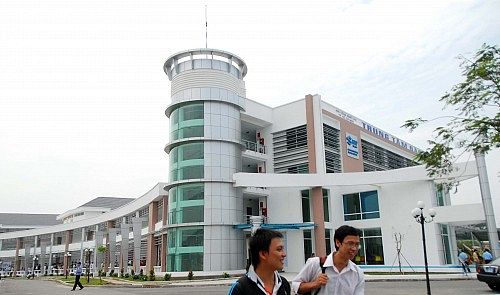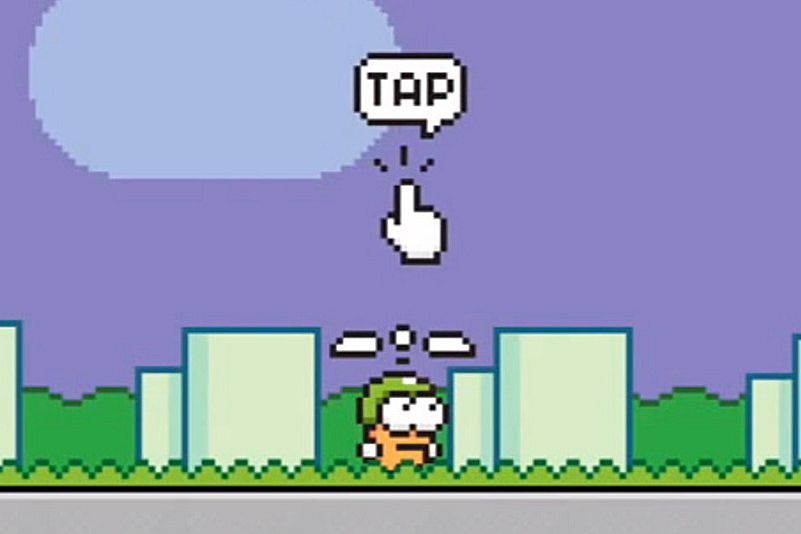While the Asia-America Gateway (AAG) cable is back up and running, we’re only one shark bite away from being cast back into the internet Dark Ages. Or are we?
Related Articles:
- Are Sharks To Blame For Vietnam’s Broken Internet Cable?
- 5 Totally Reasonable Explanations For The Broken AAG Cable
According to PC World, while some have blamed sharks for frequent breaks to the (AAG), experts say that this just isn’t the case.
The shark rumor seems to stem from two sources - a YouTube video and a statement from a Google official.
The video, seen below, shows a shark nibbling on an undersea cable. A Google official who said that the company was shark-proofing its undersea cables with Kevlar, the same material used to make bullet-proff vests, further reinforced AAG shark lore.
However, Michael Costin, Chairman of the AAG Cable Consortium, said that ship anchors or fishing activities are the likely culprits, not sharks.
“AAG is not yet aware of the cause of the advised fault, but strongly believes it is not caused by sharks,” Costin told PC World. “Consistent with past experience, AAG believes it is most likely to be as a consequence of damage due to ship anchors or fishing, which reportedly are the predominant causes of faults experienced by submarine cables.”
Costin backed up his statement with data from the International Cable Protection Committee (ICPC) that found 65 to 75 percent of cable faults are due to anchoring and fishing. Further, research from the United Nations Environment Program’s World Conservation Monitoring Centre showed that sharks were to blame for 11 cable breaks between 1959 and 2006, but none from 2008 – 2013 as advances in cable design have “effectively eliminated the problem.”
“Modern cables wrap a core of optical fibers in multiple protective layers including a copper or aluminum tube as well as a fiberglass or plastic shell. Cables laid near shore or fishing grounds are often equipped with an additional shield of steel wires and buried,” wrote the tech website.
“As for shark bites, its like a joke within this industry,” said Shota Masuda, a senior manager in NEC’s Submarine Network Division. “Google made a remark last year about this, and this brought back a few papers written about this topic into the light, but in reality, sharks do not bite fiber optic submarine cables.”
Biologists say that while sharks have bitten undersea cables in the past, attracted by their electromagnetic fields, how much damage they cause is based on the species and cable integrity.
“Underwater cables are sometimes bitten and damaged by sharks,” said Kazuhiro Nakaya, a marine scientist and professor emeritus at Hokkaido University. “Although 8,000m below the sea level is a little too deep for sharks (the deepest shark record is less than 5,000m), it is possible that the cables settled shallower areas are damaged by sharks.”
Dean Grubbs, an associate scholar scientist at Florida State University Coastal and Marine Laboratory added that most deep-sea sharks have relatively weak jaws.
“That, combined with better protection for cables than in the past, suggests human activity is what has been affecting the Internet in Vietnam,” wrote the website.
Of course, cartoon characters and aliens could also be to blame.














